What's New
Displaying results 1961 - 1970 of 4911
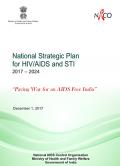
Resource | Guidelines,
The vision of the NACO is that of ‘Paving the way for an AIDS free India’ through ‘attaining universal coverage of HIV prevention, treatment to care continuum of services that are effective, inclusive, equitable and adapted to needs’. The goals remain those of the ‘Three Zeros’ - i.e. zero new infections, zero AIDS-related deaths and zero discrimination which form the basis of this strategic plan.
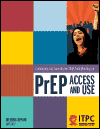
Resource | Publications,
To inform the content of the meeting, ITPC undertook a Literature Review to collate and examine views from key populations on use and access to PrEP. Key findings of the suggested that there is general acceptability and demand for PrEP among KPs as an additional option for HIV prevention within a comprehensive approach. However, there are a number of concerns, risks and barriers that will need to be addressed for successful PrEP uptake.
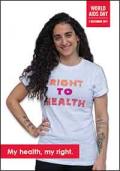
Resource | Publications,
The right to health is the right of everyone to the enjoyment of the highest attainable standard of physical and mental health, as enshrined in the 1966 International Covenant on Economic, Social and Cultural Rights. This includes the right of everyone, including people living with and affected by HIV, to the prevention and treatment of ill health, to make decisions about one’s own health and to be treated with respect and dignity and without discrimination.
Everyone, regardless of who they are or where they live, has a right to health, which is also dependent on adequate sanitation and housing, nutritious food, healthy working conditions and access to justice.
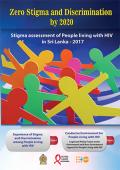
Resource | Publications,
The assessment consisted of a descriptive cross-sectional study to assess stigma level (quantitative part), in-depth interviews to describe views from people living with HIV who are in positive networks (qualitative part), and a desk review to identify the supportive legal and policy frameworks and other available services for people living with HIV.

Resource | Fact Sheets,
The report provides health information on maternal and child health attendances, sexually transmitted diseases, infectious diseases, etc.
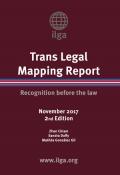
Resource | Laws and Policies,
This report distinguishes between “sex/gender marker change” and “name change” processes, laws and policies. Although the authors recognise that trans and gender-diverse people often do seek name change as part of their social transition or self-affirmation process, the distinction is made because the processes are often entirely separate, sometimes involving different pieces of legislation or policies. It is in the interests of precision that this distinction is in place throughout the report.
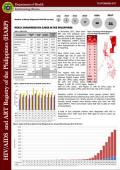
Resource | Fact Sheets,
In November 2017, there were 894 new HIV antibody seropositive individuals reported to the HIV/AIDS and ART Registry of the Philippines (HARP) [Table 1]. Eighty-six percent of those were asymptomatic at the time of reporting.
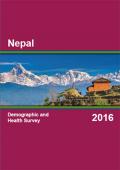
Resource | Publications,
The 2016 NDHS is a national sample survey that provides up-to-date information on fertility levels; marriage; fertility preferences; awareness and use of family planning methods; child feeding practices; nutrition; adult and childhood mortality; awareness and attitudes regarding HIV/AIDS; women's empowerment; and domestic violence. The target groups were women and men age 15-49 residing in randomly selected households across the country. In addition to national estimates, the report provides estimates of key indicators for both urban and rural areas in Nepal and also for the seven provinces.
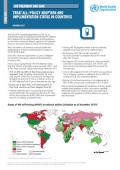
Resource | Fact Sheets,
With the 2016 Consolidated guidelines on the use of antiretroviral drugs for treating and preventing HIV infection, WHO updated and launched new policy recommendations on the clinical and service delivery aspects of HIV treatment and care, and raised the bar to treat all PLHIV (Treat All). WHO has worked with countries to ensure uptake and implementation of these recommendations in support of the to the 90-90-90 targets.
This fact sheet present data for 194 WHO Member States – including 139 low- and middle-income countries – and 35 Fast-Track countries, respectively through November 2017.
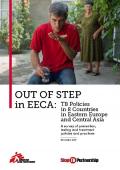
Resource | Publications,
Although it can be prevented and successfully treated, tuberculosis (TB) is the world’s deadliest infectious disease. In Eastern Europe and Central Asia (EECA), conditions are ripe for TB proliferation, with suboptimal TB diagnosis and treatment, poor treatment adherence rates, limited health care in prisons, and high rates of HIV infection and injection drug use, all against a backdrop of weak health care systems. In 2015, most of the 323,000 new TB cases and the 32,000 deaths due to TB in the WHO European Region occurred in EECA. In 2015, an estimated one in five MDR-TB cases globally occurred in the European Region.





